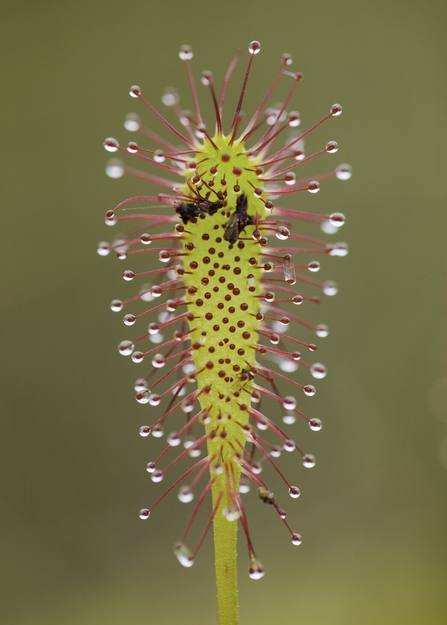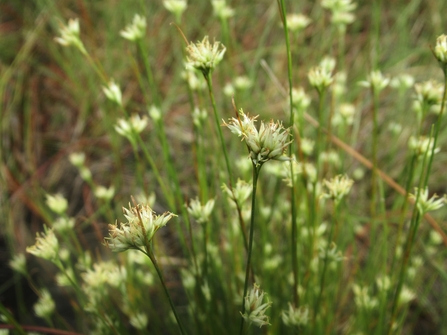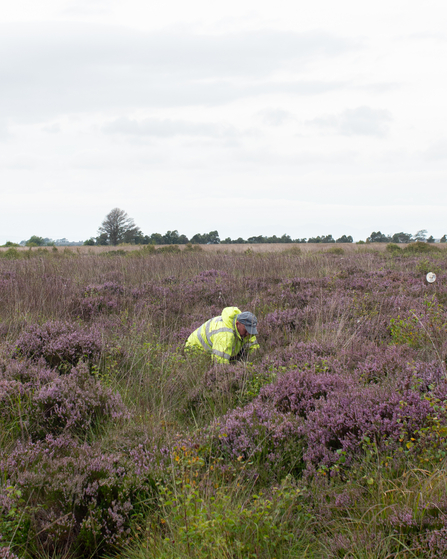As you look out over Winmarleigh Moss near Garstang in Lancashire, you will see tufts of fluffy white headed cotton grass, the purple hue of common heather and if you’re very lucky, the fluttering wings of the rare large heath butterfly. But if you take a closer look at the spongey sphagnum moss covered ground, you will see some old, historic residents have returned home.
Lost carnivores return to Winmarleigh Moss

Greater sundew Drosera anglica, close-up, Flow Country, Scotland, June - Mark Hamblin/2020VISION
Thanks to £30,000 funding from the Lancashire Environment Fund, Whitecroft Lighting and Natural England, Lancashire Wildlife Trust have reintroduced 17,500 plants of the missing species, including the carnivorous greater sundew and oblong-leaved sundew, along with bog asphodel and white beak sedge.
It may come as a surprise to many that there are carnivorous plants native to the UK, but in fact we have at least 11 species of these insect eating wonders, most of which inhabit our precious peatlands. However, due to habitat destruction, many of these rarities are now missing from the lands where they once thrived.
And Winmarleigh Moss Site of Special Scientific Interest is no exception. Subject to historic drainage so that the land could be managed for game bird shooting, the naturally boggy peatland could no longer offer the perfect peaty paradise for these plants, and they eventually died out.
Helen Earnshaw, Lancashire Wildlife Trust Peatlands Programme Project Officer, said:
“It is exciting to see bog asphodel, white beak sedge, greater sundew and oblong-leaved sundew back on Winmarleigh Moss, as they have been absent for 100 years. These plants are only found on peatlands, and it is important that we do all we can to ensure that they establish and thrive here to add to the biodiversity of the site”.
Bringing these lost plants back is vital to support the varied biodiversity of this rare fragment of lowland peatland, 98 per cent of which has been lost in our region.

White beak sedge at Astley Moss - Lancashire Wildlife Trust
White beak sedge has delicate white flowers in early summer which provide a vital nectar source for the locally rare population of large heath butterflies, helping to bolster their numbers and support them to spread to new areas on the moss. Winmarleigh’s butterflies have already served as an important donor population for the successful reintroduction of the species into Greater Manchester, where they had become locally extinct.

A specialist contractor planting on Winmarleigh Moss - credit: Lancashire Wildlife Trust
However, bringing back lost plant species is not as simple as just popping them into the ground. The first stage was to clear the area of unwanted scrub vegetation as it outcompetes and hinders the growth of our native peatland plants. Once this was cleared, we were able to start getting the plants in the ground. This was done by specialist contractors and volunteers, planting by hand to keep disturbance of the bog to a minimum.
Winmarleigh Moss is also surrounded by a number of other peatlands (Gull Moss, Cockerham Moss and Birch House Farm) which are currently undergoing restoration, and it is hoped that in time the new plants will naturally spread and colonise these areas too.
